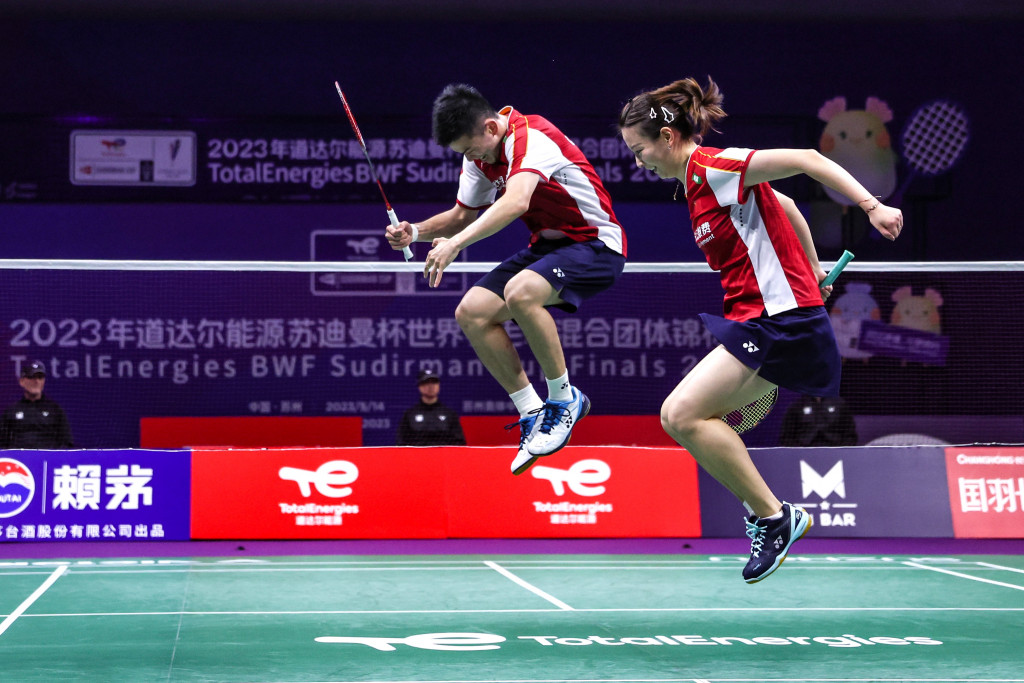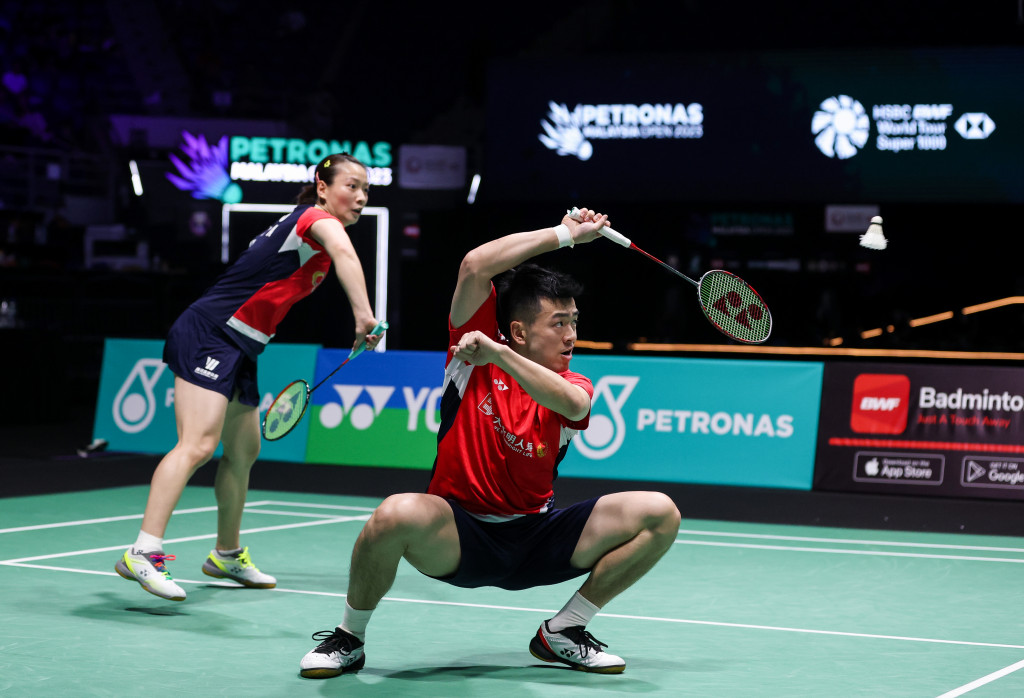China’s strength and conditioning coach, Cristian Luque Manjon, who oversees the training for Zheng Si Wei and Huang Ya Qiong, reveals his training philosophy in this exclusive interview.
Maximizing Performance Through Physical and Mental Conditioning
When questioned about China’s ability to turn the tide in matches, Manjon believes that their success stems from a combination of physical ability and a strong sense of motivation. He emphasizes that Chinese players don’t just play for themselves but also for the people who support them, which gives them an extra boost.
Manjon also clarifies that while he may not be aware of what training methods other teams use, his approach is tailored to the individual needs of his players. Each athlete’s unique characteristics and playing style inform the specific training techniques employed. For example, in mixed doubles, the emphasis is on speed, strength generation, anticipation, and game reading.
The Interconnection of Physical, Technical, and Tactical Elements
Manjon emphasizes that he doesn’t see physical, technical, and tactical elements as separate entities. When his players train on the court, they work on all aspects simultaneously to develop their mental capacity, physical conditioning, and technical skills. The goal is to ensure that these qualities harmoniously combine to unleash their full potential during matches.
Xem thêm : BWF News
He stresses that physical training is crucial for players to excel on the court. However, strength and conditioning are ineffective if not tailored to their specific needs and if they don’t translate into improved performance during games.
The Importance of Physical Preparation and Communication
In China, physical power is highly regarded in training, distinguishing it from other countries where technical aspects often take precedence. Manjon adjusts training to ensure that his players are not fatigued when engaging in technical or tactical training sessions.
Effective communication is also essential between the coach and players. Although English is not the players’ first language, they have started learning it, making communication easier. Translators are available for critical meetings to ensure clear understanding.
Evolving Training Techniques and Sports Science
Manjon has observed significant advancements in training methodologies since he began working with the Chinese team. More strength and conditioning coaches now accompany the teams to tournaments, contributing to the sport’s development.
Although badminton may not have as much scientific research as other sports like football or basketball, Manjon acknowledges the importance of staying updated on sports science. He constantly seeks new information and methodologies from various sports disciplines, adapting them to badminton-specific training.
Injury Management and the Role of Sports Science
The use of technology, such as GPS monitoring, has become more prevalent in badminton. This data-driven approach allows coaches to gain valuable insights into athletes’ training and competition habits, aiding injury prevention and performance optimization.
Xem thêm : Badminton Pan America
Manjon refers to the case of badminton player Carolina Marin, highlighting how advancements in sports science have made it possible for athletes to recover from injuries that may have ended their careers in the past.
FAQs
Q1: How does China consistently perform well under pressure?
China’s players are not only motivated by personal ambition but also by the support they receive from their fans. This drives them to give their all during matches.
Q2: What is the approach to training for mixed doubles?
Training for mixed doubles focuses on speed, strength generation, anticipation, and game reading due to the unique demands of the category.
Q3: How does physical training intertwine with technical and tactical aspects?
According to Manjon, the physical, technical, and tactical elements are interconnected and should be addressed simultaneously to maximize performance.
Q4: How has the role of strength and conditioning coaches evolved?
The presence of strength and conditioning coaches has increased significantly, contributing to the development of badminton as a sport.
Q5: How does badminton incorporate training techniques from other sports?
While badminton may not have extensive scientific research, Manjon emphasizes the importance of adopting and adapting methodologies from other sports to enhance training.
In conclusion, China’s strength and conditioning coach, Cristian Luque Manjon, provides fascinating insights into the training philosophy behind China’s success in badminton. By prioritizing physical conditioning, mental preparation, and tailored training methods, Chinese players continuously strive for excellence on the court. The integration of sports science and advancements in injury management further contribute to their performance.
Nguồn: https://carnegiecentre.com
Danh mục: Tin tức







